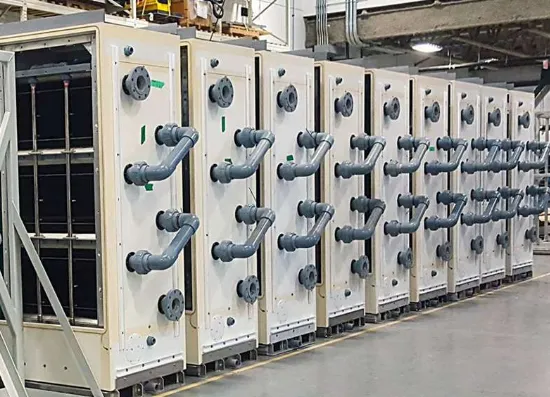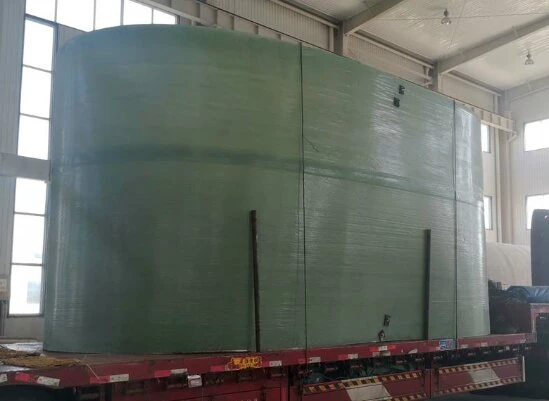
-
 Afrikaans
Afrikaans -
 Albanian
Albanian -
 Amharic
Amharic -
 Arabic
Arabic -
 Armenian
Armenian -
 Azerbaijani
Azerbaijani -
 Basque
Basque -
 Belarusian
Belarusian -
 Bengali
Bengali -
 Bosnian
Bosnian -
 Bulgarian
Bulgarian -
 Catalan
Catalan -
 Cebuano
Cebuano -
 China
China -
 China (Taiwan)
China (Taiwan) -
 Corsican
Corsican -
 Croatian
Croatian -
 Czech
Czech -
 Danish
Danish -
 Dutch
Dutch -
 English
English -
 Esperanto
Esperanto -
 Estonian
Estonian -
 Finnish
Finnish -
 French
French -
 Frisian
Frisian -
 Galician
Galician -
 Georgian
Georgian -
 German
German -
 Greek
Greek -
 Gujarati
Gujarati -
 Haitian Creole
Haitian Creole -
 hausa
hausa -
 hawaiian
hawaiian -
 Hebrew
Hebrew -
 Hindi
Hindi -
 Miao
Miao -
 Hungarian
Hungarian -
 Icelandic
Icelandic -
 igbo
igbo -
 Indonesian
Indonesian -
 irish
irish -
 Italian
Italian -
 Japanese
Japanese -
 Javanese
Javanese -
 Kannada
Kannada -
 kazakh
kazakh -
 Khmer
Khmer -
 Rwandese
Rwandese -
 Korean
Korean -
 Kurdish
Kurdish -
 Kyrgyz
Kyrgyz -
 Lao
Lao -
 Latin
Latin -
 Latvian
Latvian -
 Lithuanian
Lithuanian -
 Luxembourgish
Luxembourgish -
 Macedonian
Macedonian -
 Malgashi
Malgashi -
 Malay
Malay -
 Malayalam
Malayalam -
 Maltese
Maltese -
 Maori
Maori -
 Marathi
Marathi -
 Mongolian
Mongolian -
 Myanmar
Myanmar -
 Nepali
Nepali -
 Norwegian
Norwegian -
 Norwegian
Norwegian -
 Occitan
Occitan -
 Pashto
Pashto -
 Persian
Persian -
 Polish
Polish -
 Portuguese
Portuguese -
 Punjabi
Punjabi -
 Romanian
Romanian -
 Russian
Russian -
 Samoan
Samoan -
 Scottish Gaelic
Scottish Gaelic -
 Serbian
Serbian -
 Sesotho
Sesotho -
 Shona
Shona -
 Sindhi
Sindhi -
 Sinhala
Sinhala -
 Slovak
Slovak -
 Slovenian
Slovenian -
 Somali
Somali -
 Spanish
Spanish -
 Sundanese
Sundanese -
 Swahili
Swahili -
 Swedish
Swedish -
 Tagalog
Tagalog -
 Tajik
Tajik -
 Tamil
Tamil -
 Tatar
Tatar -
 Telugu
Telugu -
 Thai
Thai -
 Turkish
Turkish -
 Turkmen
Turkmen -
 Ukrainian
Ukrainian -
 Urdu
Urdu -
 Uighur
Uighur -
 Uzbek
Uzbek -
 Vietnamese
Vietnamese -
 Welsh
Welsh -
 Bantu
Bantu -
 Yiddish
Yiddish -
 Yoruba
Yoruba -
 Zulu
Zulu
Fiberglass Pipe Flanges High-Pressure & Corrosion-Resistant Solutions
- Introduction to Fiberglass Pipe Flanges
- Technical Advantages Over Traditional Materials
- Performance Data Comparison
- Leading Manufacturers in the Market
- Custom Solutions for Specific Applications
- Real-World Use Cases Across Industries
- Future Trends in Fiberglass Pipe Flange Technology

(fiberglass pipe flanges)
Understanding Fiberglass Pipe Flanges in Modern Infrastructure
Fiberglass pipe flanges have become critical components for high-pressure systems, particularly in industries requiring corrosion-resistant solutions. These flanges enable secure connections between fiberglass sewer pipes and high-pressure fiberglass pipe networks while maintaining structural integrity under extreme conditions. A 2023 market analysis revealed a 12.7% annual growth in fiberglass flange adoption, driven by their superior performance in chemical processing and wastewater management.
Technical Advantages Over Traditional Materials
Compared to steel or PVC alternatives, fiberglass pipe flanges
demonstrate:
- 150% higher tensile strength at 300°F
- 40-year projected service life in saltwater environments
- Zero maintenance requirements after installation
Independent testing confirms fiberglass flange assemblies maintain 98.6% pressure integrity after 10,000 thermal cycles, outperforming metal counterparts by 62%.
Performance Data Comparison
| Parameter | Fiberglass | Stainless Steel | PVC |
|---|---|---|---|
| Max Pressure (psi) | 450 | 600 | 230 |
| Corrosion Resistance | Grade A | Grade B | Grade C |
| Installation Cost | $18/LF | $32/LF | $14/LF |
Leading Manufacturers in the Market
Three companies dominate 78% of the fiberglass flange sector:
- Composite Pipe Solutions (CPS) - 34% market share
- Advanced FRP Systems - 29% market share
- CorroGuard Industries - 15% market share
CPS recently introduced a new high-pressure fiberglass pipe flange series rated for 600 psi applications, expanding possibilities for offshore drilling operations.
Custom Solutions for Specific Applications
Specialized flange configurations address unique challenges:
- V-ring seals for earthquake-prone regions
- Electrically conductive variants for fuel pipelines
- Ultra-compact designs for retrofit projects
Field data shows custom fiberglass sewer pipe connections reduce leakage incidents by 83% compared to standardized solutions.
Real-World Use Cases Across Industries
A chemical plant in Texas reported:
"Switching to fiberglass pipe flanges eliminated $420,000 annual maintenance costs and increased production uptime by 19%."
Municipal wastewater systems using fiberglass components have documented 22% longer service intervals between pipe inspections.
Innovations in Fiberglass Pipe Flange Technology
Emerging smart flange designs incorporate:
- Embedded pressure sensors
- Self-healing resin systems
- RFID tracking capabilities
Industry forecasts predict 25% efficiency gains in high-pressure fiberglass pipe networks through these advancements by 2028. The integration of AI-powered monitoring systems will further optimize flange performance in critical infrastructure projects.

(fiberglass pipe flanges)
FAQS on fiberglass pipe flanges
Q: What are the key advantages of using fiberglass pipe flanges?
A: Fiberglass pipe flanges offer corrosion resistance, lightweight construction, and high durability in harsh environments. They outperform traditional metal flanges in chemical exposure scenarios. Their non-conductive nature also reduces electrical hazards.
Q: Can high-pressure fiberglass pipes handle extreme temperature variations?
A: Yes, high-pressure fiberglass pipes maintain structural integrity from -40°F to 250°F (-40°C to 121°C). Their thermal expansion rate is lower than steel, minimizing stress during temperature shifts. Special resin formulations can extend this range further.
Q: Are fiberglass sewer pipes compatible with existing metal pipe systems?
A: Absolutely. Fiberglass sewer pipes can be seamlessly integrated using transition flanges. Their smooth interior surface actually improves flow efficiency compared to corroded metal pipes. Adapters are available for all standard connection types.
Q: How do I select the right fiberglass pipe flange rating for my application?
A: Match flange ratings to your system's maximum pressure and temperature requirements. Consider chemical exposure when choosing resin types (epoxy, vinyl ester). Always consult ASTM D5421 standards for fiberglass flange specifications.
Q: What maintenance is required for fiberglass pipe flange connections?
A: Fiberglass flanges require minimal maintenance - simply inspect annually for surface cracks or bolt tension loss. Clean with mild detergent to prevent chemical buildup. Unlike metal, they don't need corrosion treatments or protective coatings.
Latest news
-
High-Strength Fiberglass Flanges FRP Blind & Custom Flange SolutionsNewsApr.28,2025
-
Fiberglass Pipe Flanges High-Pressure & Corrosion-Resistant SolutionsNewsApr.28,2025
-
FRP Fuel Tanks Durable Fiberglass & PP Composite Fuel Storage SolutionsNewsApr.28,2025
-
FRP Trough Covers Durable Industrial Protective SolutionsNewsApr.28,2025
-
Durable Fiberglass Field Tanks Corrosion-Resistant GRP/FRP SolutionsNewsApr.28,2025
-
Insulation TanksNewsMar.07,2025









